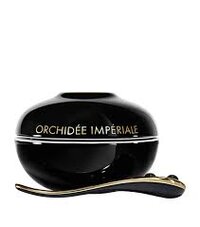when i earlier referred to "Tropica has it right" I was referring to that their fertilizer is solely primarily is designed for aquatic plant in mind, including their Fertilizer ratio, type of chemicals being used, Chelate etc. if you look at their ratio, your first impression would be that i will be low on Potassium and several other Micros, apparently Tropica been growing all kinds of plants under such ratios for very long time. Tropica doesn't recommend to start adding random things in the tank if one want to increase little bit more Potassium for example, instead increasing the Dose of Tropica is recommended, all the ratio stays the same. sometime they recommend Combining both Products Tropica Nutrition Premium and Tropica Nutrition Specialized.Thats a point, I’d never considered the fact that their dosing may be based around emersed growth but it makes sense.
It stands to reason then, that if nutrient uptake and thus requirements of plants are calculated based on plants that have arguably higher PAR and access to atmospheric levels of co2, that there could be more margin for error built in to submersed dosing than we give credit for.
I agree that individual tank requirements vary wildly but these products must cater to the vast majority otherwise people would stop using their products with repeated failures.
I do see some people adding additional things like PO4, K etc. but this is not necessary. in some cases it would make sense to do things like these when the water parameters interfere with Nutrients at much higher rate. Tropica is stabilized with very good Chelate DTPA/HEEDTA and it should be very stable in wide range of waters, I doubt anyone is growing plants in very high PH to begin with.


 to use an advertising phase that folk pay for big time thinking there getting something extra special.
to use an advertising phase that folk pay for big time thinking there getting something extra special.
